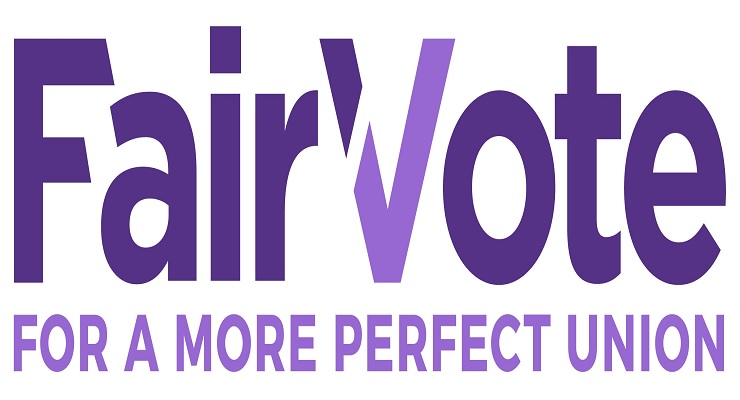
From FairVote:
TAKOMA PARK, Md. — As the dust (mostly) settles from this year’s tumultous midterm election, FairVote is able to project the winners of 83 percent of U.S. House seats for the 2020 election with a high degree of confidence. Those include 168 for the Democrats and 190 for the Republicans, though these may change slightly as 2018 election results are finalized. The battle for the House will be fought over the remaining 77 seats. The electoral reform organization has released an interactive map and interactive spreadsheet which allows anyone to try their own projections for the 2020 races.
“The 2018 elections were very unusual for a midterm election year, and yet of the 379 seats we felt safe calling based entirely on the voting history of the district, it is looking like 367 of them are going the way we expected,” said FairVote Law and Policy Director Drew Penrose. “That is almost 85 percent of the House of Representatives! Only three days after Election Day, we have already called 358 seats for the 2020 elections. Our winner-take-all system is leaving too many voters out of our democratic process, and we deserve something better.”
Looking beyond the very safest districts, FairVote finds that more districts overall lean toward Republicans than toward Democrats, even when taking into account the bonus Democrats will get as incumbents in 2020. FairVote projects that if a slim majority of voters nationwide vote for Democrats in 2020, the Democrats will nonetheless lose the House. In fact, Democrats would need to lead Republicans by a greater than 3 point margin in 2020 to keep their majority.
While some election models include polling results, fundraising and input from election experts, FairVotes’s simple model does not include any of these. Instead, Monopoly Politics uses just four key factors in its calculations:
- District partisanship—based on vote shares from the last presidential election;
- The edge given to incumbents by virtue of being incumbents—a factor we call an “incumbency bump;”
- How well the incumbent has performed in prior elections compared to their district partisanship – a measure FairVote calls Performance over Average Candidate, or “POAC”; and
- How much the nation as a whole favors either Republicans or Democrats.
District partisanship and POAC are the only factors that are calculated ahead of an election. What remains unknown until election results are published are the “incumbency bump” and national party preference. FairVote’s high confidence projections are only the seats it would expect to be won by more than a 12 point margin in a roughly 50-50 year in which voters favored incumbents to about the same degree as they did in the prior election.
For the 2018 midterm, the national party preference seems to have favored Democrats by about a seven point margin. Incumbents were favored by about a 3.7 percent boost. The high confidence projections FairVote made two years ago were 97.7 percent accurate, a remarkably good record for such an unusual midterm election year. Over the course of the last three election cycles, the organization’s high confidence projections have been more than 99.9 percent accurate.
To see more information on FairVote’s 2018 Monopoly Politics projections, visit
fairvote.org
Leave a Reply